Plans to alter some of Woolwich’s best post-war housing
Some of Woolwich’s best post-war housing will see exterior alterations under new plans. It covers five blocks comprising 209 flats along Francise Street. Four were built in the late fifties and early sixties with another added almost a decade later to the same design.
The Woolwich flats were a jewel in the crown of the old Metropolitan Borough of Woolwich (shortly before it was merged with the Metropolitan Borough of Greenwich to create the current council) and opened by Princess Margaret in 1961 – as seen in this video which also features the infamous auto stacker car park which never worked and was demolished shortly after:
The flats still retain many original design features:
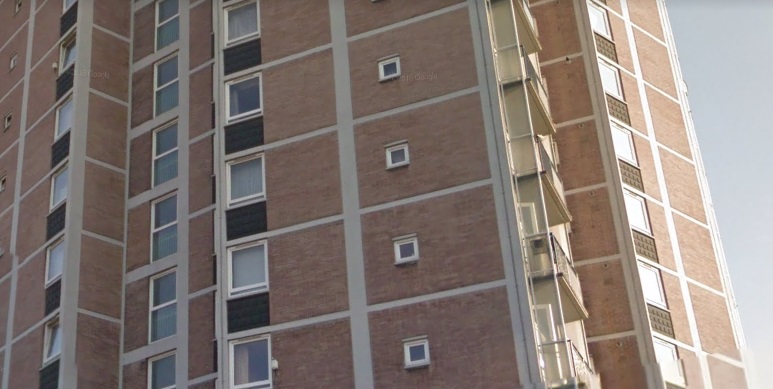
The wonderful Municipal Dreams site has an overview of the area here. The blocks are named St Mary’s towers after the local parish. Curved forms in a butterfly design maximise light – and lightly coloured brickwork and fully glazed balconies continue that theme.
Small change, big impact
On the face of it the plans seem very minor. Blocks of flats on Francis Street would see alterations to the side and front of balconies.
Yet slight changes can have a large impact on estates. Even some of the more mundane in the borough, such as the 1950s Abbey Wood estate designed and built in a period of austerity can appear substantially different with minor work eradicating carefully thought out details. If viewing these on a phone it’s worth clicking to enlarge as hard to see exact details.
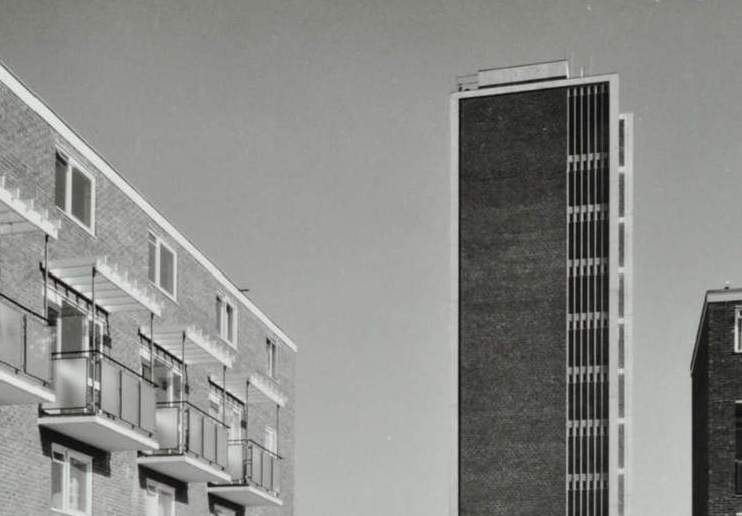
In Abbey Wood covered balconies have gone along with glazing alterations to the smaller block and continuous vertical lines on the tower removed. Even on these modest buildings design feature and quality have been removed. Here’s the same spot today –
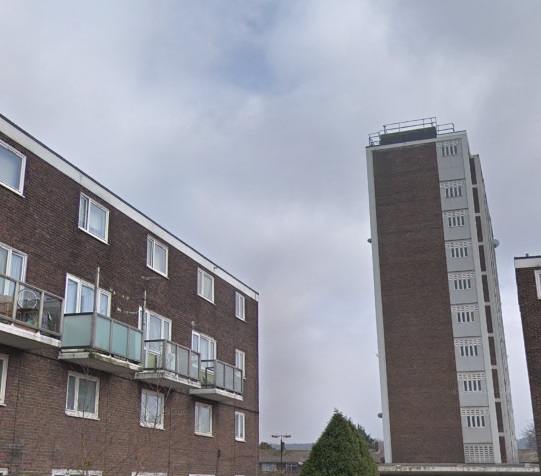
As the country and London’s wealth have increased living conditions and design quality have declined in many areas. Aside from buildings, lakes, ponds, parks, carefully designed paving and open space (plus much more) have been ripped out.
Click here to see photos of the estate in the early 1960s.
The base of the tower shows how abysmal areas now are – and this is the centre of the estate with high footfall:
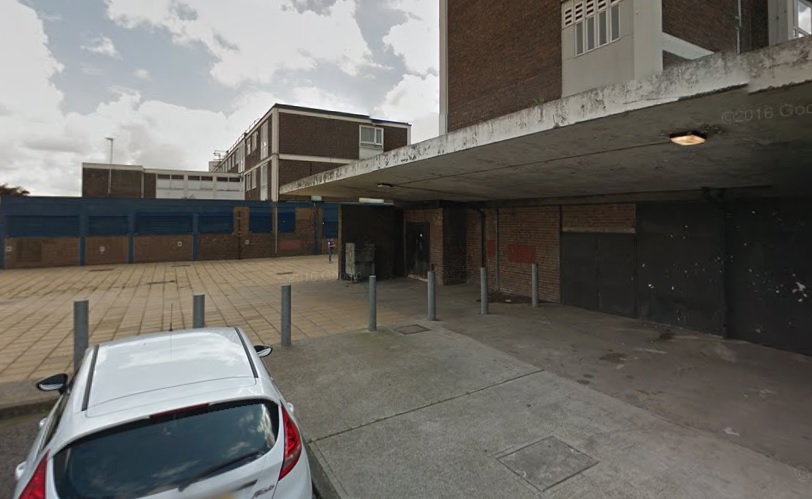
Right to Buy has had a big impact on comprehensive planning in estates – though in Abbey Wood some decline predates the 1980s and it managed to avoid any real improvements when money was being pumped into council coffers in the 2000s.
Even now, with millions of Section 106 and CIL payments from developments in the town coming in (the first sizable new builds in decades in Abbey Wood) almost no money is going to the estate, which is in a sorry state in places.

Back to Woolwich, and of course the new alterations could have minimal impact. Let’s hope so. There’s no shortage of examples where cheap short term “fixes” have long term detrimental effects. As one of the best, let’s hope that doesn’t happen.
———————————
I’m running an Easter appeal to help with the site. Info here.
Running a site alone takes time and a fair bit of money. Adverts are far from enough to cover it and my living costs as a private renter.
You can support me including via Paypal here Another option is via Patreon by clicking here You can also buy me a beer/coffee at Ko-fi here There's also a Facebook page for the site here Many thanks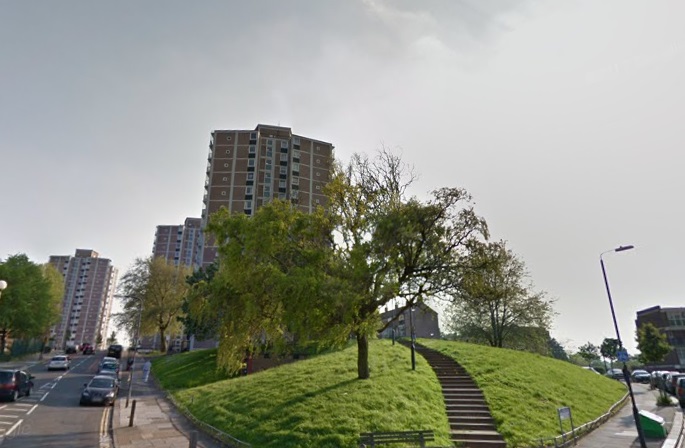
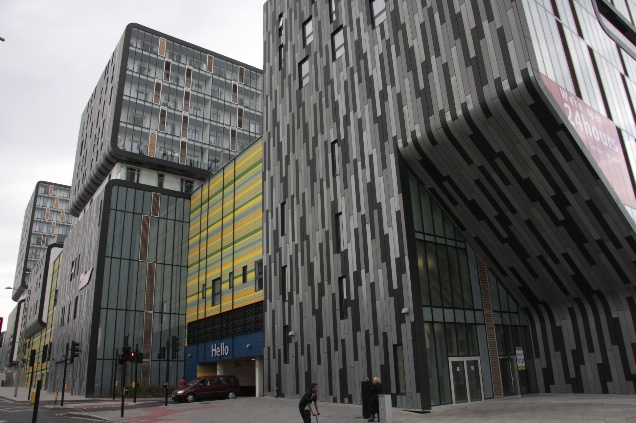

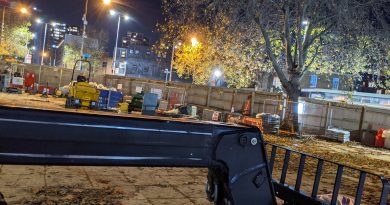

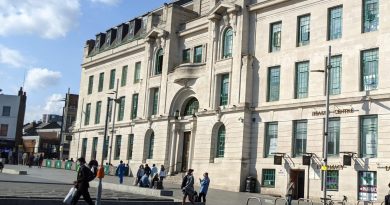

It is good to see some of the older properties in Greenwich Borough being earmarked for some improvements but have to agree with Murky to the quality of the improvements.
There is also a lot of housing estates in the Borough consisting of mainly houses built in the 1930’s and 1940’s that need improvements to make them more energy efficient.
However, these estates do not get the same attention from the council the more high density estates with blocks of flats and several hundred homes and that have have had works to make them more energy efficient. Which the Council once said was to ease fuel poverty. (The high cost in heating these homes).